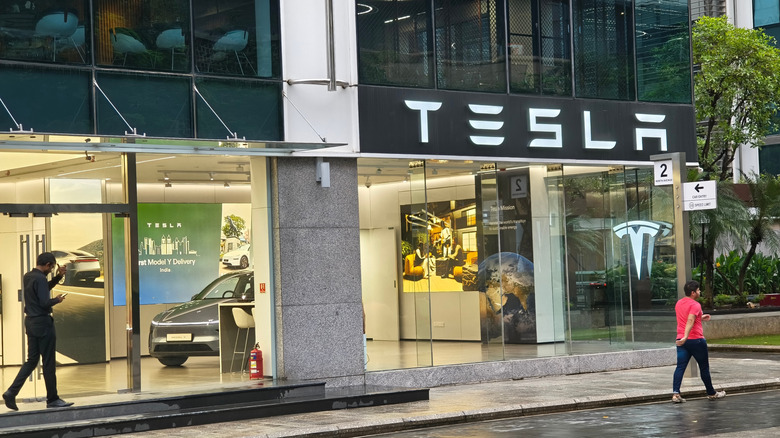India is now becoming the new hub for major car brands across Europe, Japan and the U.S. to base their auto manufacturing in. After chasing China for years, brands like Tesla, Ford, Suzuki, Toyota, and Honda are pouring in big investments in India to set up production there.
While Ford just about gave up on India in 2021, it has since reversed its plans and intends to invest roughly $370 million to revamp its Chennai plant to make new, high-tech export engines starting in 2029. Japanese automakers like Toyota and Suzuki are planning a combined investment of $11 billion to expand production capacity in India and make the country a key export base. This will expand Suzuki’s output alone to a staggering four million vehicles a year. Honda hasn’t announced an investment figure but wants to move production to India, too.
Brands with existing production bases in India, like Nissan and Renault, also want to increase production with a $600 million investment and have plans to upgrade the existing facility to an export base. Volkswagen announced an investment of one billion euros in an attempt to be “hyper local” in India, as VW CEO Bernhard Maier told The Times of India. MG Motor also plans to pour in $100 million to improve its market share in the country.
It wasn’t long ago when GM and Ford packed up and left India, citing low margins and unpredictable demand as reasons. So what has changed the equation for these automakers?
Why is India attracting so many global automakers?
The foremost reason why you’d expect most brands to make operational changes or shift production is that they want to minimize costs. Labor, land and logistics in India are substantially cheaper than in China. On top of that, parts sellers in India are ready to further cut costs in hopes of long-term partnerships with global giants in the car industry.
The shift is also due to ongoing price wars and intense competition from Chinese EV manufacturers that are invading Europe. India seems like a haven in terms of political stability, with Prime Minister Narendra Modi’s new Production-Linked Incentive (PLI) scheme acting as a real anchor for these car companies. Under this scheme, companies are financially incentivized for basing their manufacturing in India and creating export items.
Beyond these advantages, India now boasts the world’s third-largest market for cars, which makes it less of an emerging market and more of a production hub capable of sustaining large-scale global output. To put things in perspective, the country produced five million cars in the 2023 to 2024 period and exported around 800,000 of them. While the sheer volume may pale heavily against the 30 million production milestone hit by China in 2023, India offers a younger domestic market and policy momentum with a lot of room to grow.
If this momentum holds, India could become what China was in the 2000s, the world’s most cost-efficient, globally integrated car factory. The challenge will be whether supply chain networks, infrastructure, and logistics can keep pace with the ambition driving its roads.


